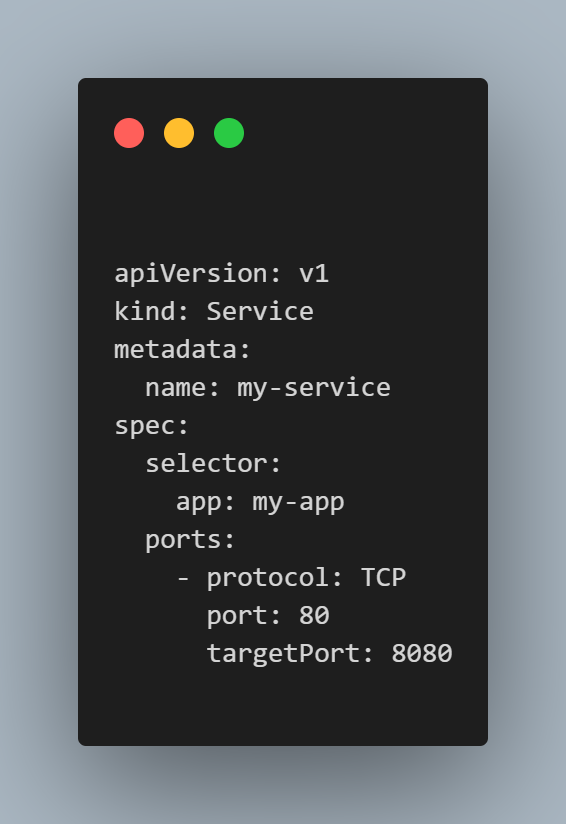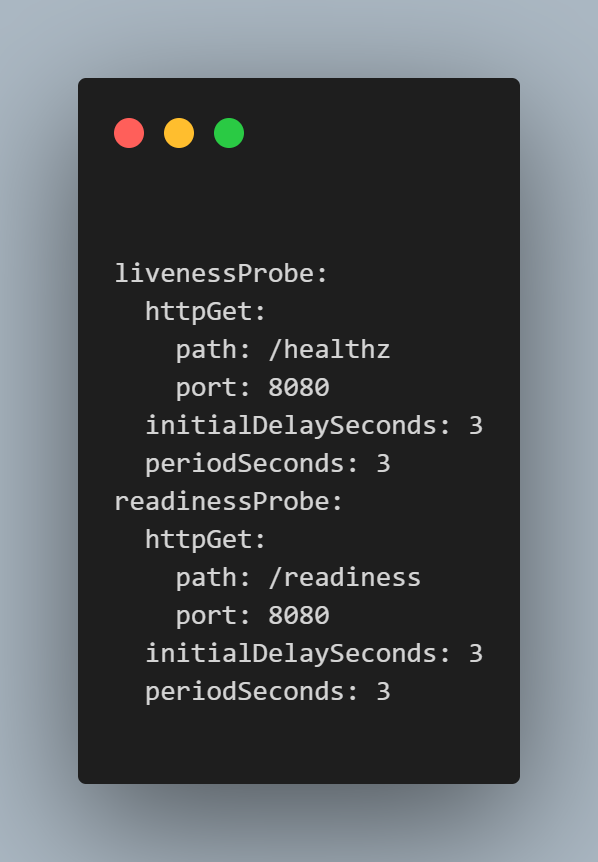Container orchestration may be complex, but it often runs into some common pitfalls during its implementation. Some of the common pitfalls and the coding solutions shown below are very useful in solving some of these problems.
1.Over provisioning and Resource Mismanagement
Pitfall: Containers are not limited in resources; therefore, CPU or memory is over consumed or used inefficiently.
Implement resource limits and requests in Kubernetes and have the right amount of CPU and memory assigned to the pod. For example, when using limits in a deployment.yaml:

2. Service Discovery Failure
Pitfall: Applications fail to locate each other in dynamic environments, particularly under microservices architecture.
Solution: Using the correct labels and selectors, activate Kubernetes services with dynamic service discovery.

3. Stateful Applications and Data Persistence
Pitfall: Data loss may occur if stateful applications are managed in a stateless environment of containerized containers; this can happen while restarting the containers.
Solution Use Persistent Volume and Persistent Volume Claim in Kubernetes for Stateful Applications Solution.
4. Container Failures and Restart
Pitfall: Applications fail, and no automatic recover or restart occurs, thus causing a downtime in the program.
Solution Use Kubernetes liveness and readiness probes to get the containers restarted anytime they fail.

You can in fact build robust, scalable, and efficient applications in containerized, orchestrated environments like Kubernetes if you address these challenges with proper coding practices.
If you're looking for a better career, I personally suggest you take the PG in DevOps!
 REGISTER FOR FREE WEBINAR
X
REGISTER FOR FREE WEBINAR
X
 Thank you for registering
Join Edureka Meetup community for 100+ Free Webinars each month
JOIN MEETUP GROUP
Thank you for registering
Join Edureka Meetup community for 100+ Free Webinars each month
JOIN MEETUP GROUP